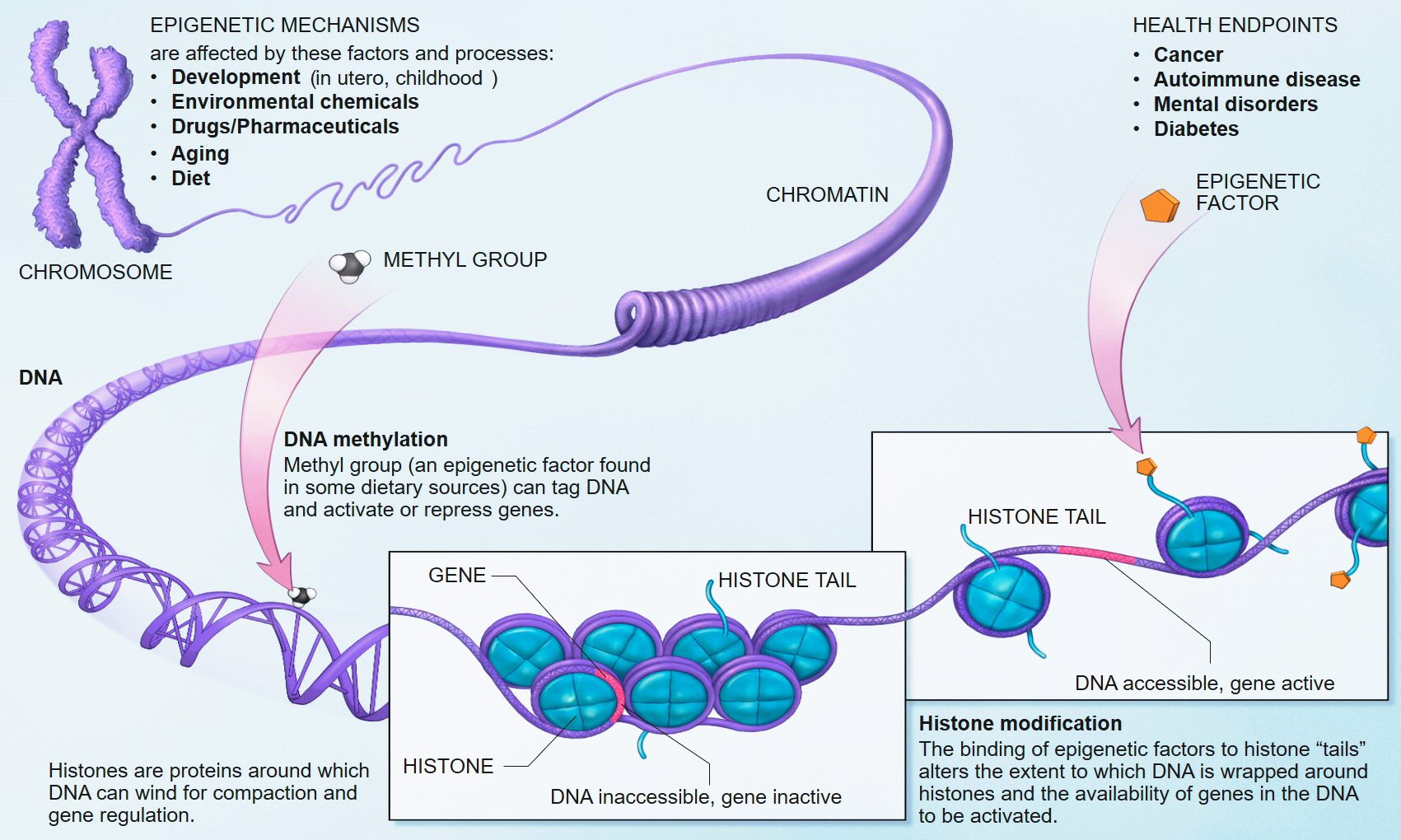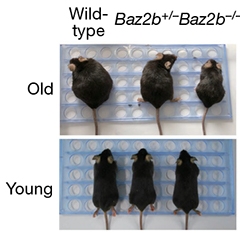In this cohort study, Shama Karanth and colleagues from University of Kentucky, Lexington, investigated quadruple misfolded proteins and other proteinopathy combinations in a cohort of 375 deceased individuals with autopsy data in the University of Kentucky Alzheimer Disease Center (UK-ADC).
At least 3 proteinopathies were observed in 50% of brains.
In addition, quadruple misfolded proteins were associated with severe cognitive impairment at least 12 years before death.
Participants with 3 proteinopathies tended to have poorer global cognition earlier than with the presence of only tau and Aβ and were likely to have higher Braak stages.
Previous studies have reported cognitive decline associated with the presence of mixed pathologies, with study to study differences in methods and proteinopathies, the assessment and inclusion of cerebrovascular pathologies, and hippocampal sclerosis. In the present sample, as in other community based cohorts, FTLD in old age was rare (with an estimated incidence of 8.9 of 100 000 in individuals aged 60 to 69 years; no incidence data are available for older age groups) and was not found in brains of individuals who began follow up with normal cognition.
Individuals with FTLD-TDP-43 with data in the UK-ADC Brain Bank were recruited from a dementia clinic. The scientists excluded 6 individuals with FTLD-TDP-43 in the study; none had the quadruple misfolded proteins phenotype. No discernible overlap in any FTLD feature was observed in these individuals other than presence of TDP-43 proteinopathy, which is now detected in many different neurological diseases outside of the amyotrophic lateral sclerosis–FTLD spectrum.
Cognitive impairment was associated with quadruple misfolded proteins at autopsy, with 89.1% of participants developing dementia and some experiencing profound impairment up to 12 years before death. This finding suggests that quadruple misfolded proteins occur before end stage Alzheimer disease neuropathological change (ie, before high Braak stage).
Consistent with this hypothesis, the mild cognitive impairment to dementia transition was, on average, fastest in the quadruple misfolded proteins group. Estimation of the group cognitive trajectories was aided by the relatively long followup (mean duration of 10.4 years).
These data provide the basis for a novel hypothesis that quadruple misfolded proteins have a more aggressive phenotype from the early stages of the disease rather than accruing additional pathologies only after Alzheimer disease neuropathological change has progressed to high levels. About 10% of these participants died with normal cognition, and previous research has shown quadruple misfolded proteins were present in persons with apparently normal cognition. In the present study, all individuals with quadruple misfolded proteins who had normal cognition at the last visit before death had lower Braak NFT stages (I to III), had no APOEε4 allele, and were predominantly male (4 of 5 participants).
These individuals may represent an early stage of quadruple misfolded proteins, but there are complexities: clinical presentation of proteinopathy combinations may be cohort specific and depend on other currently unknown factors. Older cohorts that survive into advanced old age, like those in the UK-ADC study, may be more likely to experience multiple proteinopathies than younger cohorts. As previously described, APOE appeared to be associated with multiple proteinopathies in this study, particularly those proteinopathy combinations including Aβ plaques. Carriers of APOEε allele not only had increased odds of tau and Aβ, an expected result, but also had higher odds of tau, Aβ, and αsynuclein; tau, Aβ, and TDP-43; and quadruple misfolded proteins.
Unlike previous studies, this study did not find evidence that the ε4 allele was associated with tau or TDP-43 in the absence of Aβ, but the sample size was relatively small. The temporality of protein misfolding may play a clinically important and differentiating role in disease progression.
Autopsy data, although cross-sectional by nature, are compatible with the hypothesis that Aβ aggregates precede, and perhaps stimulate or exacerbate, the widespread misfolding of tau, TDP-43, and α-synuclein. These results suggest that TDP-43 pathology may be associated with poor global cognition.
The presence of multiple proteinopathies, particularly the quadruple misfolded proteins phenotype, appeared to have been associated with the cognitive decline in deceased individuals who participated in a longitudinal community based study at the UK-ADC.
These observations have potentially significant implications for clinical practice and public health, given that strategies to prevent or manage AD dementia may be complicated by the unrecognized presence of multiple additional neuropathologies.

 Source Wikipedia.
Source Wikipedia. While wild-type mice grew fat with age, animals lacking both copies of the epigenetic reader Baz2b stayed trim, indicating improved mitochondrial function. [Yuan et al., Nature, 2020.]
While wild-type mice grew fat with age, animals lacking both copies of the epigenetic reader Baz2b stayed trim, indicating improved mitochondrial function. [Yuan et al., Nature, 2020.]